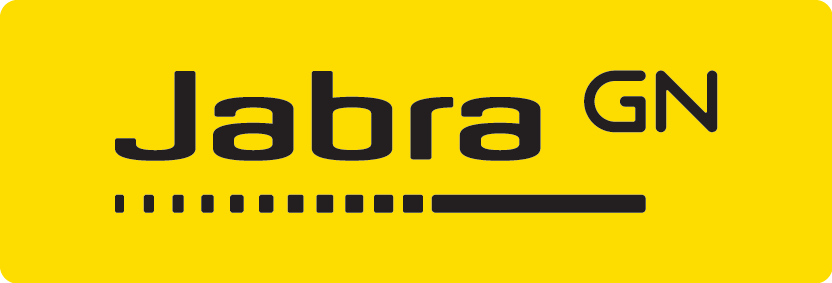April 01, 2024
Empowering Federal IT: Proactive Management with Enhanced Observabilitiy
The federal government can use observability to ensure a seamless digital experience for its citizens.
Federal agencies must take proactive measures to bridge the gap between technological developments and dated government operations. This evolution begins with shifting from outdated infrastructures to more agile systems, that are responsive and end user focused. But the journey to modernization isn’t a direct path and federal agencies can face unique challenges.
Observability can play a critical role in the modernization journey for government IT systems, and help provide practical and critical benefits. Observability offers a comprehensive lens through which the health, performance and behavior of applications can be monitored in real time, ensuring that any issues are swiftly identified and rectified before they impact end users.
Monitoring vs. Observability
In today's digital and IT management landscape, seamless performance is not just aspirational, it’s essential. Traditional monitoring, focusing on system health and performance metrics, it has become increasingly inadequate in a world dominated by application programming interface (API), interoperability and extensive reliance on third-party services of a global scale. The complexity and interconnectedness of these systems requires a more proactive approach to reach full efficacy.
Observability represents a paradigm shift, offering a proactive and comprehensive approach to understanding and managing IT applications and digital services. It breaks through the limitations of traditional monitoring by actively seeking out potential issues through an in-depth analysis of data from logs, metrics, traces and events. This proactive step allows IT teams to identify and address problems before they impact end users, enhancing both performance and the end user experience.
6 Ways to Use Observability in Federal Government Operations
Observability provides a holistic view of the entire IT ecosystem, providing a deeper insight into user interactions with digital services. As a result, observability doesn't just improve system reliability and efficiency; it transforms the way digital services meet user needs, signifying a move from a reactive to a proactive management.
Here's how observability can help you deliver a seamless digital experience:
- End user experience enhancement: Beyond backend improvements, observability directly benefits the end user by ensuring digital services are reliable, fast and user-friendly. Real time feedback on user interactions enables agencies to tailor services to meet user needs, identify points of friction and enhance overall user satisfaction. Understanding how services are consumed helps you to continually refine your offerings to align with user expectations.
- Proactive issue detection: Observability allows agencies to proactively identify and address potential issues before they escalate into critical problems. By continuously monitoring system behavior and performance metrics, anomalies can be detected early, minimizing downtime and service disruptions.
- Improved incident response: In the event of an incident or outage, observability equips IT teams with the necessary tools and insights to diagnose and resolve issues quickly. Detailed logs, traces and metrics enable a faster root cause analysis, supporting efficient incident response and minimizing impact on government operations.
- Enhanced performance optimization: Observability data gives agencies a deeper understanding of application performance and resource utilization. This enables optimization efforts to enhance efficiency, scalability and cost-effectiveness, ensuring optimal utilization of taxpayer resources.
- Compliance and security: Observability aids in maintaining compliance with regulatory requirements and security standards by providing visibility into system activity and access logs. By monitoring for unusual behavior or security threats, you can strengthen your agency’s cybersecurity posture and mitigate risks effectively.
- Service-Level Agreement (SLA) Compliance: Government agencies have to meet SLAs to ensure service reliability and citizen satisfaction. Observability enables real time monitoring of key performance indicators, allowing your agency to meet SLA commitments.
How To Use Observability Strategically in Application Development
Federal agencies must create the right strategy to weave observability into your organization’s unique journey. When weaving observability into the fabric of application development, consider several key strategies:
Strategic deployment integration: Integrating observability into the deployment strategies, such as canary releases or blue-green deployments, offers performance and end-user impact in real time. Having this information can help agencies make data-driven decisions about whether to proceed, roll back or adjust the deployment. The approach not only minimizes risk but also ensures that new features or updates enhance the user experience without introducing new issues.
Instrumentation: It's crucial to equip IT applications with thorough instrumentation, capturing a wide array of data points such as logs, metrics, traces and events. This is a foundational step that ensures you will have access to the detailed information needed for in-depth analysis.
Centralized data management: Establishing a centralized solution for logging and monitoring, helps agencies to effectively gather, store and analyze observability data from across a digital ecosystem.
Real time alerts: Setting up an automated alerting system is essential for promptly notifying IT personnel about potential issues or deviations. The alerts allow for swift action, minimizing the impact of any anomalies on operations and services.
Team integration: Encouraging a culture of cross-functional collaboration is key. Bringing together IT operations, development and security teams, helps agencies leverage diverse insights from observability data.
Future-proofing: Observability solutions must be designed with scalability and resilience at their core. Ensuring they can adapt to changing infrastructure needs and withstand system disruptions, maintaining service continuity and reliability.
Adopting these strategies enables federal agencies to harness the full potential of observability, transforming how you develop, deploy and maintain applications.
What Can CDW Government Do for You?
CDW Government has dedicated experts that will help you blueprint and implement the solutions and services to ensure you are able to proactively tackle any issues that could affect your IT system. We are here for you at every step of your unique journey into observability.

The intelligent video conferencing system that gives everyone an equal meeting experience.

Neil Graver
Field CTO, CDW Government
